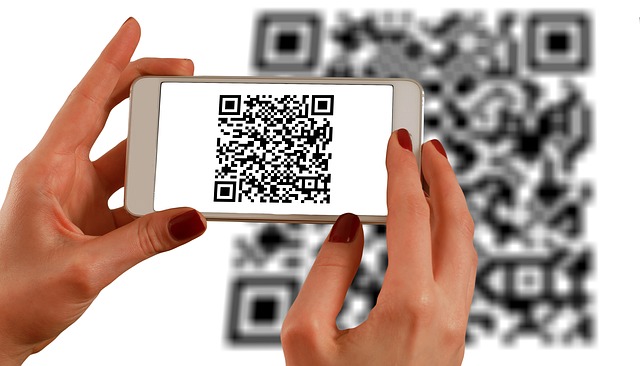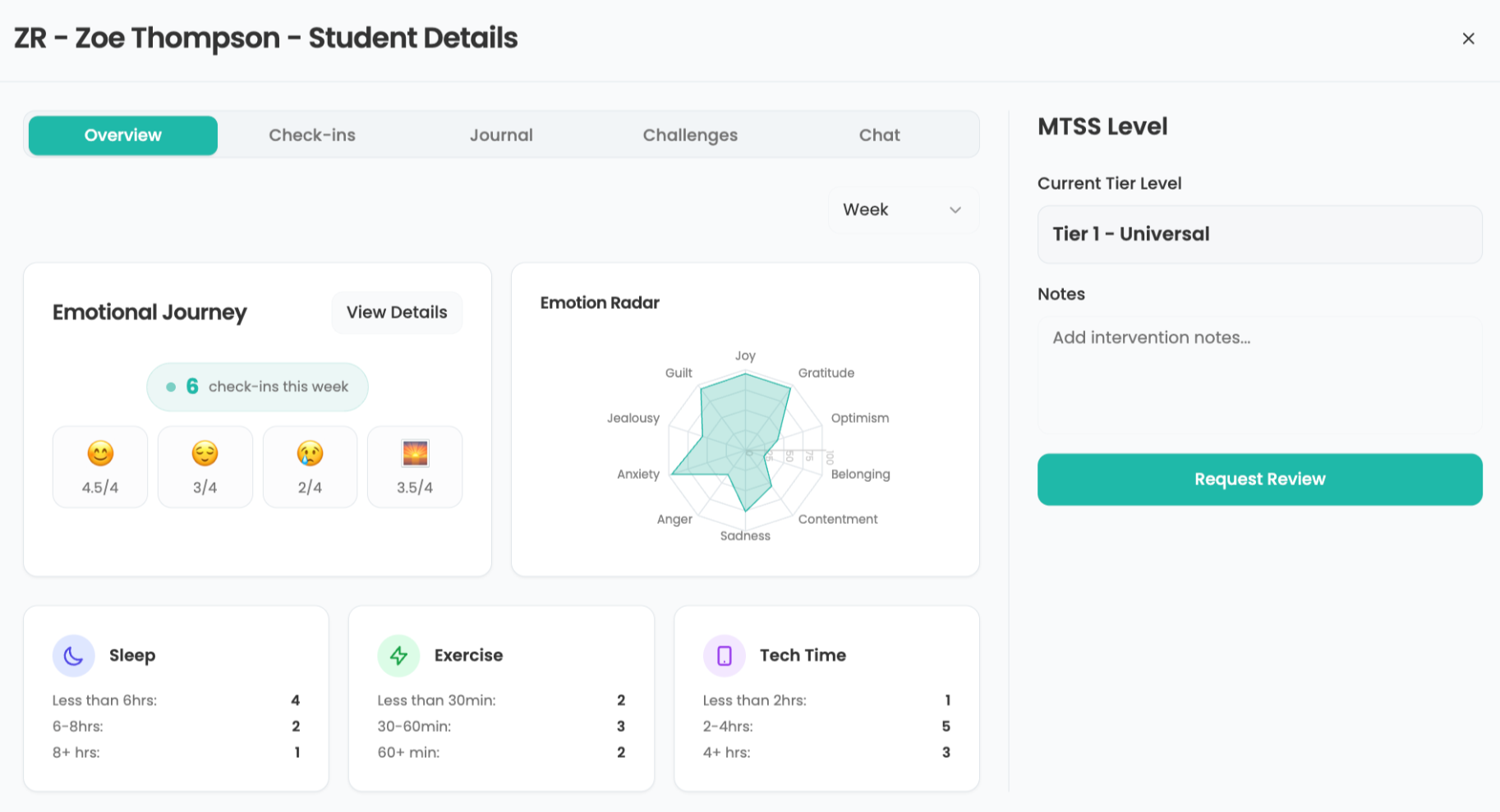QR Codes in Education: Use with Care, Not Just Because They're There
QR codes look sleek and are everywhere, however, in education, they’re often misused.

QR codes. They look sleek. They’re everywhere. But in education, they’re often misused.
Sure, these are convenient if the audience you’re targeting primarily accesses information on their phones. But in education, especially with today’s widespread phone bans, that’s usually not the case.
Educators and students usually engage using laptops, tablets, or desktops. So when a QR code is plastered on a slide, agenda, or online resource with no alternative, it’s not innovative; it’s misguided.
It’s time to rethink the QR code trend and align it with user experience.
When QR Codes Make Sense
Mobile-first settings
QR codes shine when phones are already out:
- Check-ins at events
- Hallway signs or posters
- Scavenger hunts or gallery walks
- Bulletin boards or printed flyers
In these cases, a quick scan saves time and typing.
Tools and ideas to transform education. Sign up below.
On printed materials
Paper flyers, bulletin boards, or other displays? A QR code can elegantly point to a website, video, or form. Just make sure it’s large enough to scan and clearly labeled with its intended purpose.
However, a QR code alone is not enough
Pair the QR code with a shortened URL. This gives users agency over how they access the content.
When NOT to Use a QR Code
During virtual presentations to desktop/laptop users
Don’t make attendees grab their phone to scan a slide just to open it on their computer. That’s a clunky workaround when a simple clickable or short URL would do.
In person, when people are using laptops
If attendees are working on laptops, such as in PD sessions, conferences, or meetings, they shouldn’t have to switch devices just to access content. A short URL is quicker and easier.
As the only method of access
Everyone should be able to engage, regardless of device. A QR code with no alternate link assumes everyone has the same comfort level and tools. Standard QR codes can also be challenging for blind or visually impaired individuals. Providing a QR code only is not an inclusive design. That’s an oversight.
Design for Access, Not for Show
QR codes look modern, but good design isn’t about appearance. It’s about accessibility and usability.
Before dropping a QR code into your materials, ask yourself the following, and know what to look for in your answers:
What devices are participants using?
If most are on laptops or desktops, a QR code should not be the primary access point. Provide a clickable link or shortened URL they can easily type or open.
Is scanning easier or more complicated for this audience?
If it requires switching devices or copying links between phone and laptop, it’s not easier. Choose the method that works with the device they’re already using.
Have I provided an alternative, like a short URL?
If not, you’re limiting access. Always offer both a QR code and a short link so participants can choose what works best for them.
Did I include a resource document?
A resource doc (Google Doc, PDF, or slide deck) should house all relevant links. This makes it easy for participants to revisit materials later, no matter what device they’re using.
QR Codes In Education: The Bottom Line
If a QR code creates friction instead of removing it, it's not the right tool.
True innovation means designing with your audience in mind. That includes making it as easy as possible for them to access and engage with your content.
Know someone who's using QR codes incorrectly? Now you have an article to share with them.
Enjoy our content? Make sure to add Tech & Learning as a preferred source on Google to keep up with our latest news, how-tos, profiles, events, and more.
Lisa Nielsen (@InnovativeEdu) has worked as a public-school educator and administrator since 1997. She is a prolific writer best known for her award-winning blog, The Innovative Educator. Nielsen is the author of several books and her writing has been featured in media outlets such as The New York Times, The Wall Street Journal, and Tech & Learning.
Disclaimer: The information shared here is strictly that of the author and does not reflect the opinions or endorsement of her employer.
